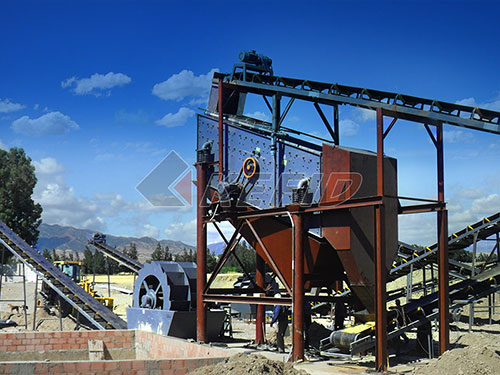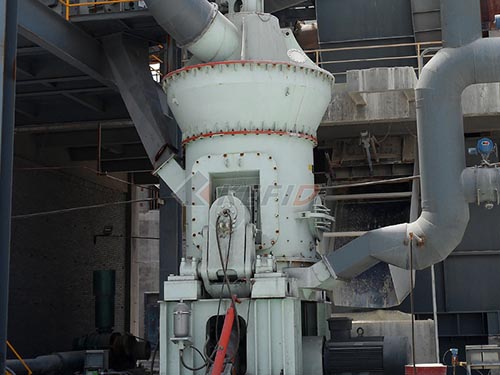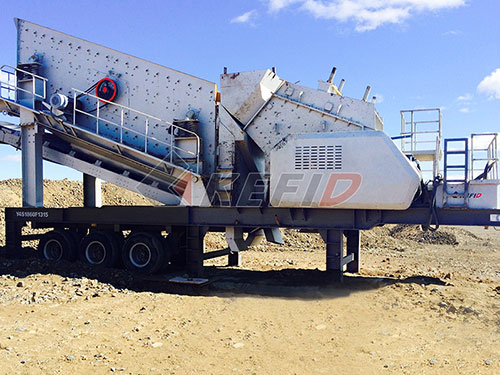The Essential Guide to Crush and Run (Crusher Run) Aggregate Sizes: Selecting the Right Foundation for Success
Crush and Run, often interchangeably called Crusher Run (though regional naming conventions vary), is a fundamental workhorse material in the construction and landscaping industries. Its unique blend of durability, affordability, and compaction characteristics makes it indispensable for creating stable bases. However, not all Crush and Run is created equal. Understanding the available sizes and gradations is paramount to selecting the right material for your specific project, ensuring longevity, performance, and cost-effectiveness. This comprehensive guide delves deep into the common Crush and Run sizes, their compositions, applications, advantages, limitations, and key selection criteria.
What Exactly is Crush and Run (Crusher Run)?
At its core, Crush and Run is a mixture of crushed stone aggregate (typically limestone or granite) ranging from fine dust particles (“fines”) up to a specified maximum stone size. Unlike clean stone products that have been washed to remove fines (like 57 or 67), Crush and Run retains these fines. This crucial characteristic defines its behavior:
1. Self-Compacting & Locking: The angular stone pieces mechanically interlock when compacted.
2. Binding: The fines fill the voids between the larger stones.
3. Dense Surface: Proper compaction results in an incredibly dense, almost concrete-like surface that resists shifting under load.
The magic happens during compaction – typically achieved using a plate compactor or vibratory roller – where mechanical energy forces the particles together tightly. The fines act as a binding agent with the larger aggregate pieces locking together to create an extremely stable base layer.
Why Size Matters: The Impact of Gradation
The “size” of Crush and Run refers not just to its largest stones but to its entire particle size distribution or “gradation.” This gradation significantly influences:

Compactability: How densely it can be packed down.

Drainage: How easily water flows through it.
Load-Bearing Capacity: How much weight it can support without deforming.
Surface Smoothness/Firmness: Its final texture after compaction.
Ease of Handling & Placement: How workable it is during installation.
Selecting an inappropriate size can lead to premature failure – rutting under vehicle loads on driveways, settling under patios or walkways requiring constant re-leveling of pavers or flagstones

Leave a Reply